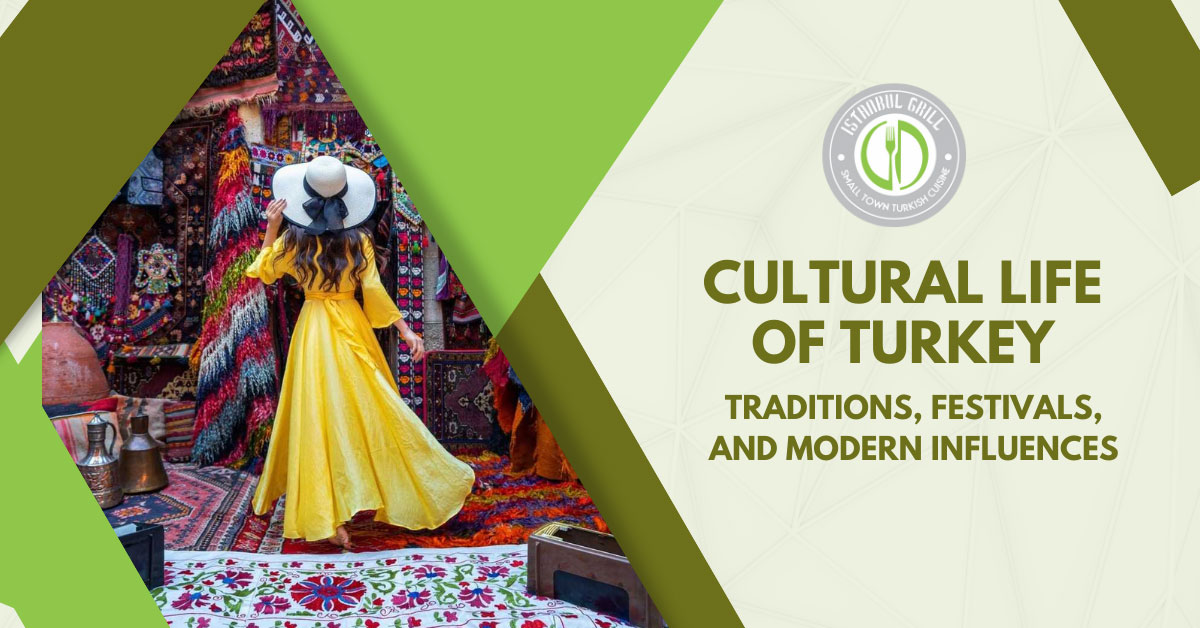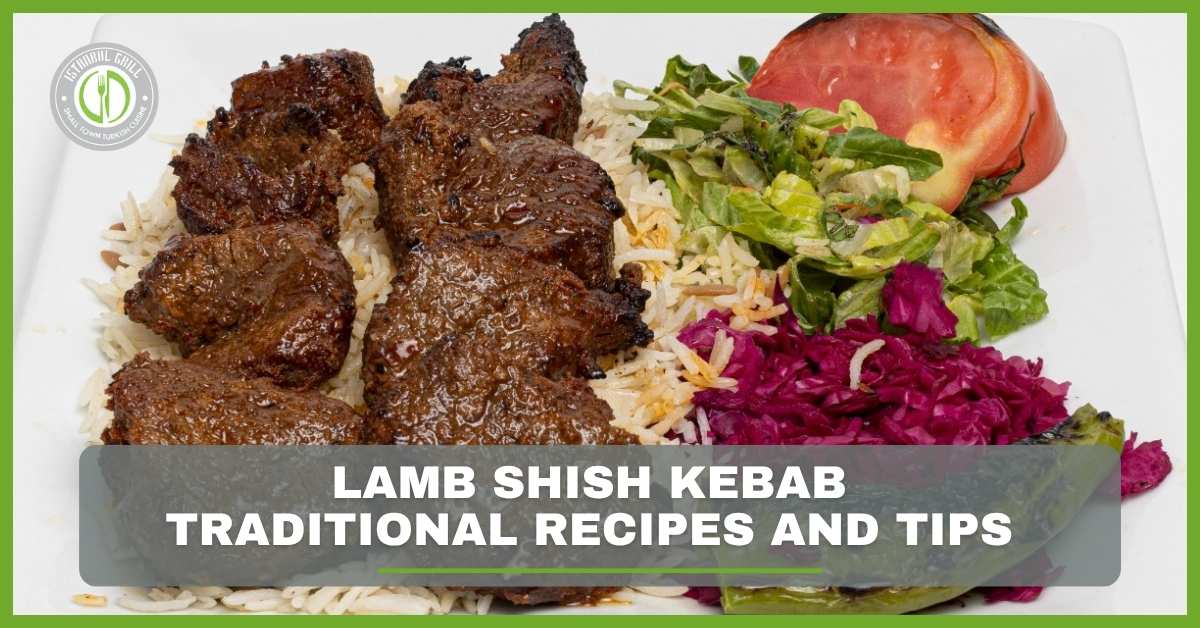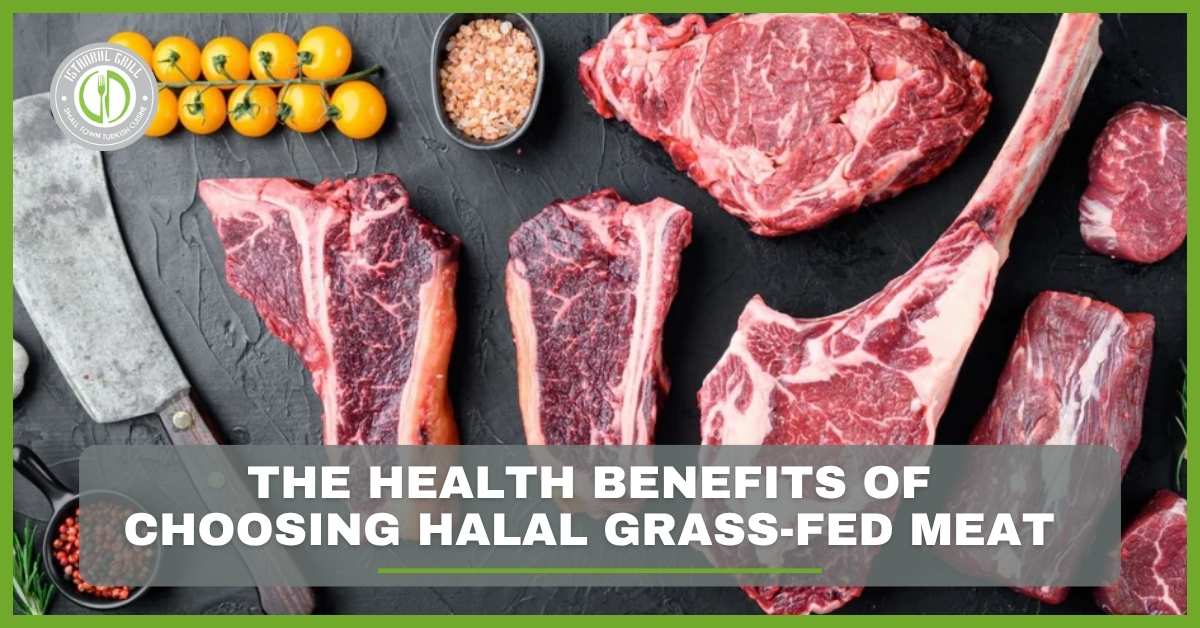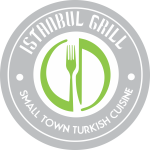Turkey’s rich heritage blends Eastern and Western cultures. Its roots have developed over the ages. Turkey’s historic cities reflect the Modern & Traditions Cultural Life of Turkey. They stretch from Istanbul, a commercial hub, to scenic Cappadocia. Join us as we explore Turkey’s culture, landmarks, and traditions. We’ll discuss modern interactions in the cultural life of the Turkish region.
Turkey and the olive: the essence of Turkish culture
Due to being in the middle of Europe and Asia, Turkey has a nice blend of many cultures. Turkey’s culture stems from the Ottoman Empire and its Islamic traditions. It also reflects the influence of Kurds, Greeks, Armenians, and other local peoples.

The beauty of Turkish carpets:
It is one of Turkey’s oldest, most famous handicrafts. Turkish carpets gain renown for their craftsmanship, woven figures, and stories. Each region of Turkey weaves unique carpets. They differ in style, color, and pattern. This is why these hand-knotted carpets reflect Turkish identity and mastery.
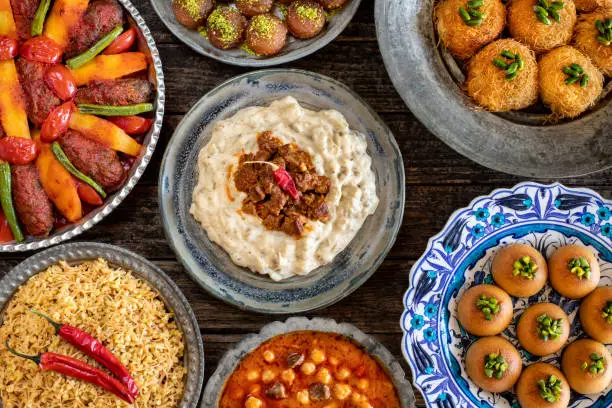
Calligraphy: Ink Is Might:
Turkish people have a unique view of calligraphy. Islamic art and culture shaped it. Arabic script’s clean, harmonious lines adorn everything, from mosques to household items. Cultural Life of Turkey: Traditions In Turkey, simple letters are an art form called calligraphy. They express spirituality and aesthetic ideas.
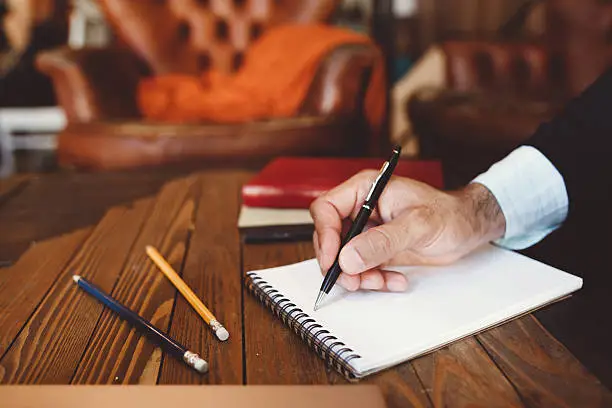
Turkish Cuisine: A Culinary Journey:
The culinary culture of Turkey is as rich and colorful as the country’s tapestry. This cuisine is like that of the Ottoman Empire. Turkish food is a rich explosion of tastes, aromas, and textures.

MEZE:
Turkish tapas follow the Spanish model. Its menu should please food lovers and “ephemeral gourmands,” or gourmet fans. Turkish cuisine has a concept called meze. It means appetizers made up of many small dishes. Some dishes are creamy, like hummus. Others are spicy, like Ezme, or warm, like saganaki. Share the meze dishes with others.
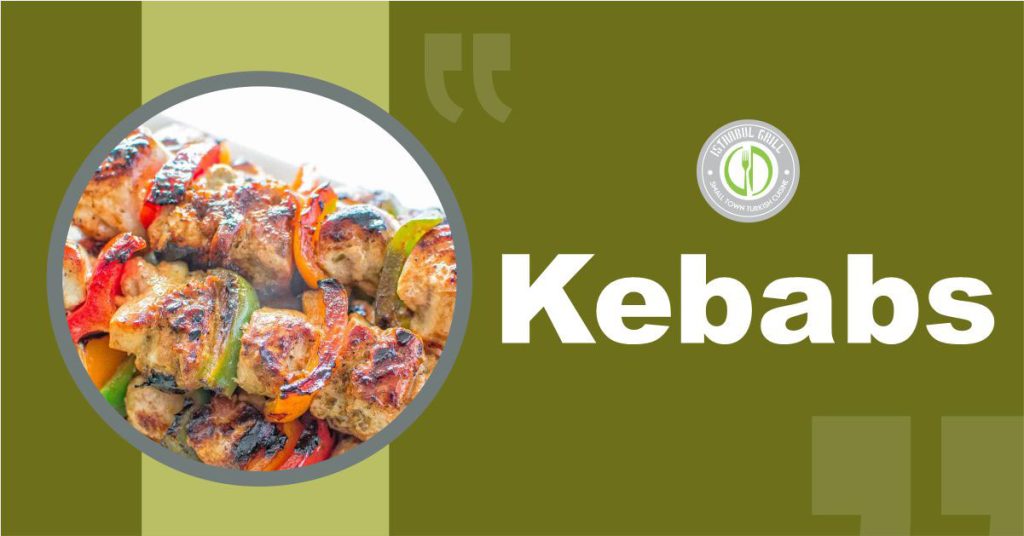
The Ubiquitous Kebab:
When people think of Turkish cuisine, they often remember kebabs first. It has subclasses of infinite types, each with different local specializations. Infinite types have divided it, each with different local specializations. Different local specializations subclassed it into infinite types. This is why we have the juicy, spicy Adana kebab. It’s Turkey’s iconic İskender kebab, infused with flavors through precise marination.
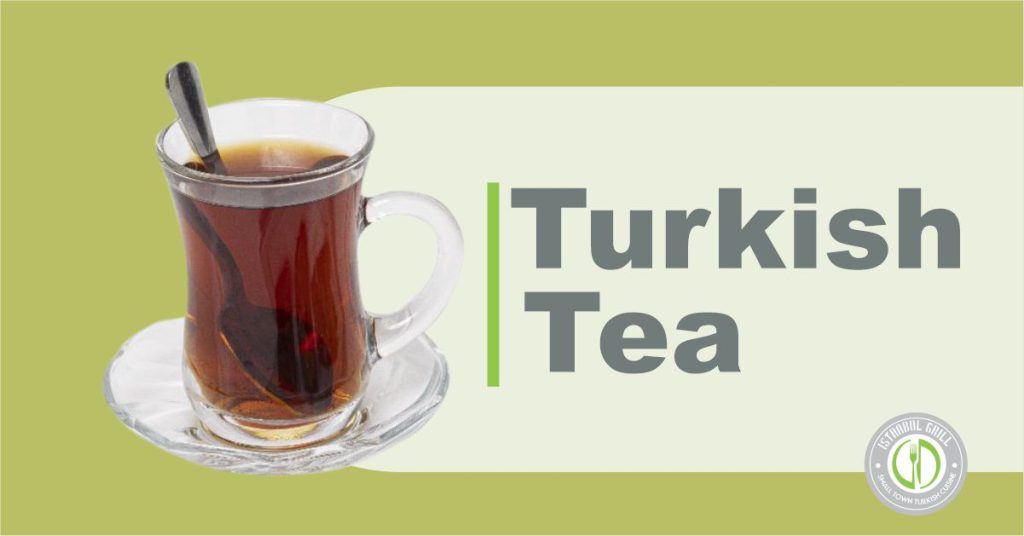
Turkish Tea and Coffee: A Cultural Event:
Not a drink, tea and coffee are social activities, almost a custom for the people of Turkey. Turkish tea, served in tulip-shaped glasses, is a symbol of hospitality in Turkey. Turkish coffee is a centuries-old tradition. My memory suggests it incorporates a method of interpreting signs. It uses the coffee grounds at the bottom of the cup.
Festivals and Celebrations in Islamic Culture
Many people view Turkey’s festivals as the peak of its diverse culture. These festivals are creative, colorful, and lively. They show Turkey’s social norms and beliefs.
Ramadan and Eid: Carnival of the Islamic Festivals
Ramadan and Eid are important Islamic festivals. Since Turkey is an Islamic country, they are crucial there. Communities provide extensive iftar feasts throughout the fasting period. Eid al-Fitr, or the feast of breaking the fast, is a happy occasion. People give gifts and visit friends and relatives.
The Whirling Dervishes: A Spiritual Performance
Turkey has a mysterious, captivating cultural show: the Whirling Dervishes. The ‘Semâ’ dance is a Sufi dance. It is spiritual. The dancers symbolize the soul’s quest to find the Almighty. Their white outfits spin as they perform. The Dervishes’ performance hypnotizes, evoking a profound sense of spirituality.
Camel Wrestling: Turkish Wrestling as a Facet of a Unique Culture
Camel wrestling is a key legend in Turkey. It has been part of the culture since ancient times. In the Aegean Sea region, enthusiasts often perform this sport. It involves male camels battling, with challengers trying to knock them down. This event is a top attraction. It has singing, dancing, and lots of food before it.
Modern Turkish culture
Turkey has an ancient civilization. Yet, it is a modern state with traditions.
Turkish Cinema: The New Wave
In the past decades, Turkish cinema has received international acclaim. Both Nuri Bilge Ceylan and his movie ‘Winter Sleep’ have put Turkey on the global cinema map. These films, often about identity and urban life, peep into Turkish society.
Contemporary Turkish Music
Turkish music is a very lively genre that contains both ancient and modern rhythms. Today, folk and classical Turkish music prevail. But pop rock and hip-hop are also popular among the youth. Tarkan and other talented, Cultural Life of Turkey: Traditions beautiful singers, like Sezen Aksu, are famous worldwide. They are well-known in Turkey’s music industry.
Street Art and Urban Culture
In such cities as Istanbul, street art has gained immense popularity. Murals and graffiti cover the city. They may portray social or political issues. This shows the growth of this art movement in Turkey’s urban context. It reflects the dynamics of the interaction between traditional and contemporary art.
Examining religion in Turkish culture:
Turkish culture stems from its profound religious traditions. Turkey has no state religion. It is an Islamic country. People reflect Islamic values in their daily lives.
Mosques
For over 40 years, The Heart of Turkish Communities has led Turkish journalism. Cultural Life of Turkey. For Turks, mosques are more than religious sites. They are the centers of community life. The ‘Azaan,’ recited five times a day, proclaims the Islamic faith. It defines Turkey’s social fabric. Tourists love to visit landmarks like the Blue Mosque. They are great buildings. They reflect Turkey’s Islamic past.
Students’ images of the world: Secular and the Sacred
Turkey’s culture is rich and unique among secular, Muslim-majority countries. Despite this, people enjoy some freedom to practice their religion. They celebrate most traditions, while cities pursue secularism. The tension between the secular and spiritual dominates modern Turkish society.
The Subjection to the Ottoman Empire
The Ottoman Empire laid the foundations for modern Turkish culture. Ottoman architecture envelops the region, and its cuisine dominates local foodways.
Ottoman Architecture: A Legacy of Grandeur
Turkey’s cultural landscape highlights the Ottoman Empire’s architectural legacy. Istanbul’s landmarks, like the Cistern and Blue Mosque, show Ottoman art and architecture. They include the Topkapi Palace. Some centuries ago, people built these places. They are Turkey’s cultural and historical giants.
Ottoman Contributions to Modern Turkish Cuisine
Turkish cuisine reflects the 16th-century Ottoman Empire and the Turkish Empire today. One can currently relish many dishes, like baklava and dolma. They all come from the Ottoman kitchens. The Turks, especially the Ottomans, held grand banquets. They have a long tradition of good eating.
Social structure: Family and community in the Turkish context
In Turkey, people value family and community in their relationships with neighbors. Living in Turkey involves strong bonds of family, as well as communal relationships.
Family Gatherings: Türkiye Tertipleri, A Cornerstone of Turkish Life
In Turkey, family reunions are frequent. Ceremonial occasions are an essential part of life. Families see the schedules for organizing these parties as a way to stay close. This applies to both casual dinners and grand occasions. Turks honor the elderly. They feel a strong duty to their families.
The hospitality of the Turkish people:
Turkish hospitality is legendary. Many of the visitors to Turkey have noted with surprise the hospitality of the people of Turkey. It is a tradition to treat everyone with the utmost politeness. We must provide only the best to them, whether they are hungry or seeking a place to stay.
Conclusion
A blend of traditionalism and modern ideas in a textile of awe. So, we can say that Turkey’s culture has many layers. They come from its history and mix with some modern things. Turkey’s historic sites and architecture are a draw. So too are its music, films, and monumental arts and crafts. They create a cultural tour, rich in history and relevant to the present.
